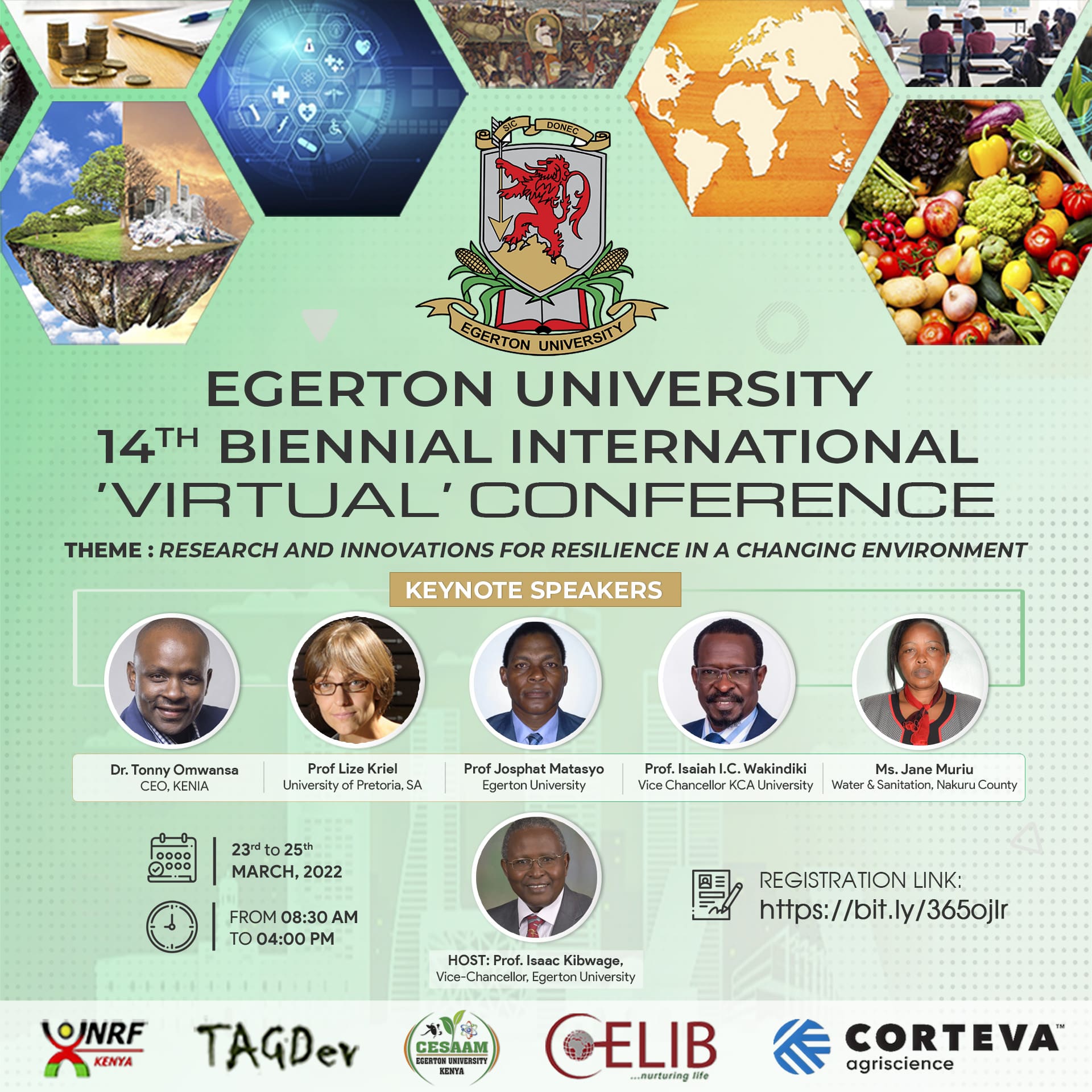Agronomic and financial benefits of phosphate rock use in acidic soils of the Upper Eastern Kenya
Keywords:
Phosphate Rock, cost-benefit analysis, maize yieldsAbstract
A major constraint to crop production in Sub-Saharan Africa is nutrient deficiency, especially phosphorus deficiency. Phosphorus plays a crucial role in photosynthesis but is usually deficient in acidic soils since it's converted to less available forms, affecting crop yields. There is a need to improve phosphorus availability to crops for maximum production. This study assessed the impact of phosphate rock fertilizer application on maize yields, soil chemical composition, and cost-effectiveness in Tharaka Nithi County, Upper Eastern Kenya. We set a field experiment in a randomized complete block design (RCBD). The treatments were phosphate rock + manure, Tithonia diversifolia + phosphate rock, Calcium Ammonium Nitrate (CAN) + Triple Superphosphate (TSP), and a control. Soil samples were collected at a depth of 0-20 cm before and at the end of the experiment for pH, P sorption, and other soil nutrients determinations. Other auxiliary data collected included labor data, input costs, and output prices. The CAN+TSP treatment had significantly higher grain yields while phosphate rock on its own had the second-lowest than the control treatment (p<0.05), a similar trend was also observed in the stover yields. Phosphate rock combined with either manure or Tithonia diversifolia led to a significant (p<0.05) increase in the phosphorous levels. Other than the control, all treatments significantly lowered the p-sorption levels. However, CAN+TSP had the highest p-sorption while Tithonia diversifolia had the lowest. During the SR2018 season, a break-even point was arrived at with all the treatments and the net benefit was significantly higher at P<0.05.Hence, the use of phosphate rock, either solely or in combination with organic elements, was found to improve yields, soil chemical composition, P sorption, and very cost-effective.
Published
How to Cite
Edition
Sub-theme
License
Copyright (c) 2022 Egerton University International Conference

This work is licensed under a Creative Commons Attribution 4.0 International License.


